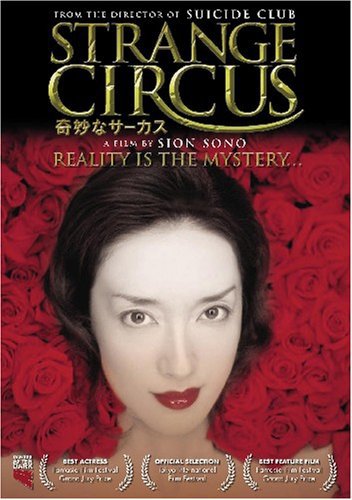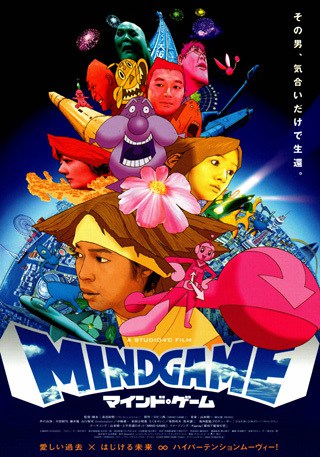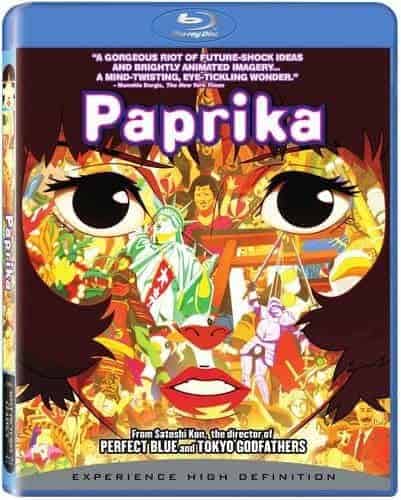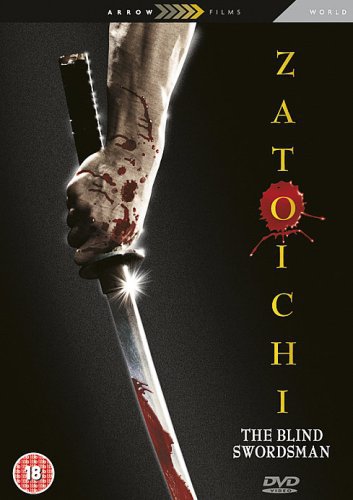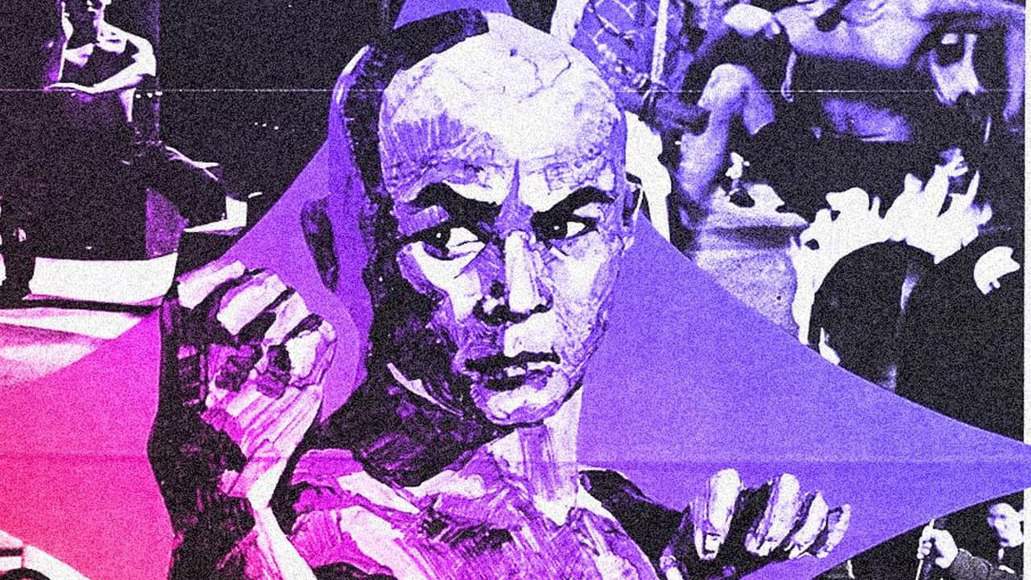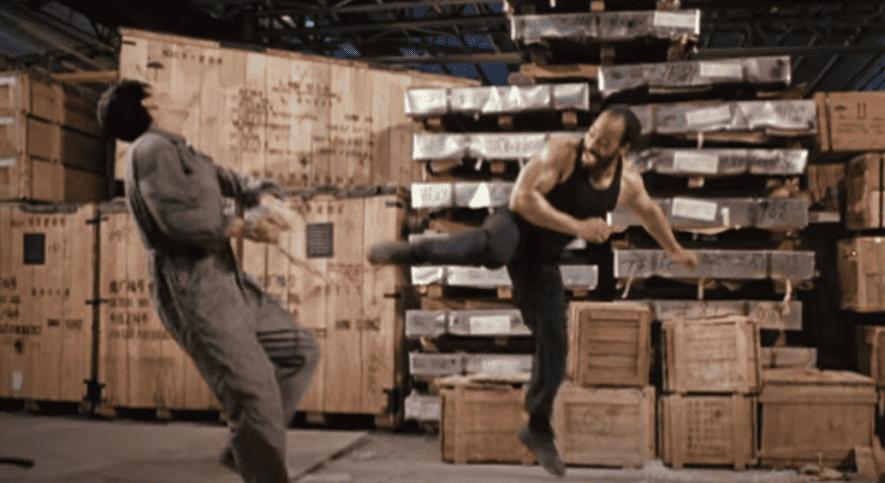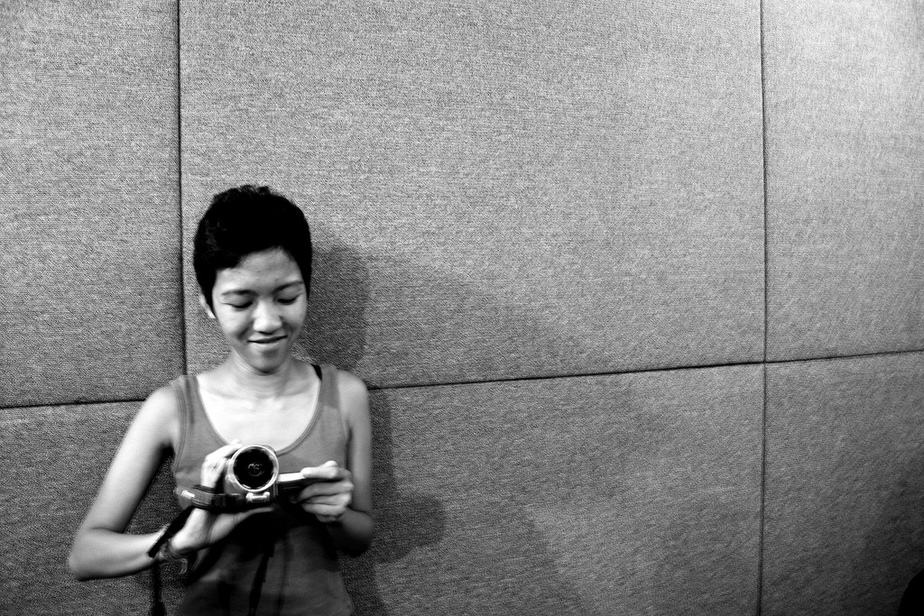11. Strange Circus (Sion Sono, 2005)

Sono drowns his film in blood-red color, presenting a plethora of utmost sick characters, each one perverse in his own way. Through surrealism, he weaves an intricate story that lurks among the violence and extremity, with heaps of turnarounds and an utterly unexpected finale.
Buy This Title
12. Versus (Ryuhei Kitamura, 2000)

Ryuhei Kitamura directs a film where action is frantic and unrelenting, blending samurai, zombies and Yakuza elements, all of which are connected through extreme gore. “Versus” is evidently low budget; however, the choreography of the swordplay, the martial arts and the gun battles are intricate and the expected bloodbath seems to appear in every scene. Also of note is the soundtrack, which, similar to the movie, incorporates a plethora of styles.
Buy This Title
13. Imprint (Takashi Miike, 2006)

Miike presents a grotesque edition of Japanese folklore and a love story that transforms into something irrational and evil. Moreover, what make “Imprint” so difficult to watch are the exceedingly graphic torture scenes that leave nothing to the imagination. Nevertheless, beyond the violence lies a technically accomplished film, whose visuals excel chiefly due to the phantasmagoric costumes and the cinematography that create a genuinely horrific atmosphere.
Buy This Title
14. Metropolis (Rintaro, 2001)

Rintaro directs an intricate anime, which uses the plethora of its main characters to present a number of sociopolitical allegories and metaphors. The most obvious one regards the way the government uses the military power of the right-wing groups for its purposes, but eventually this group (in this case, Duke Red and the Marduk) takes power in its hands, overthrowing the legitimate government and establishing a dictatorship. The fact that the labor force is also misguided into revolting and eventually betrayed is another metaphor of the way governments occasionally use the proletariat.
Buy This Title
15. Spirited Away (Hayao Miyazaki, 2001)

Hayao Miyazaki directed a surrealistic coming-of-age film that looks like a dream, and at times, like a nightmare. In his canvas, Miyazaki portrayed a plethora of symbolisms, allegories and hidden meanings that chiefly revolve around his permanent message regarding the purity of children and the corruption of grown-ups. Both the hand drawing and the animation are sublime, in this masterpiece of the genre that established Miyazaki as a world-renowned figure.
Buy This Title
16. The Place Promised in Our Early Days (Shinkai Makoto, 2004)
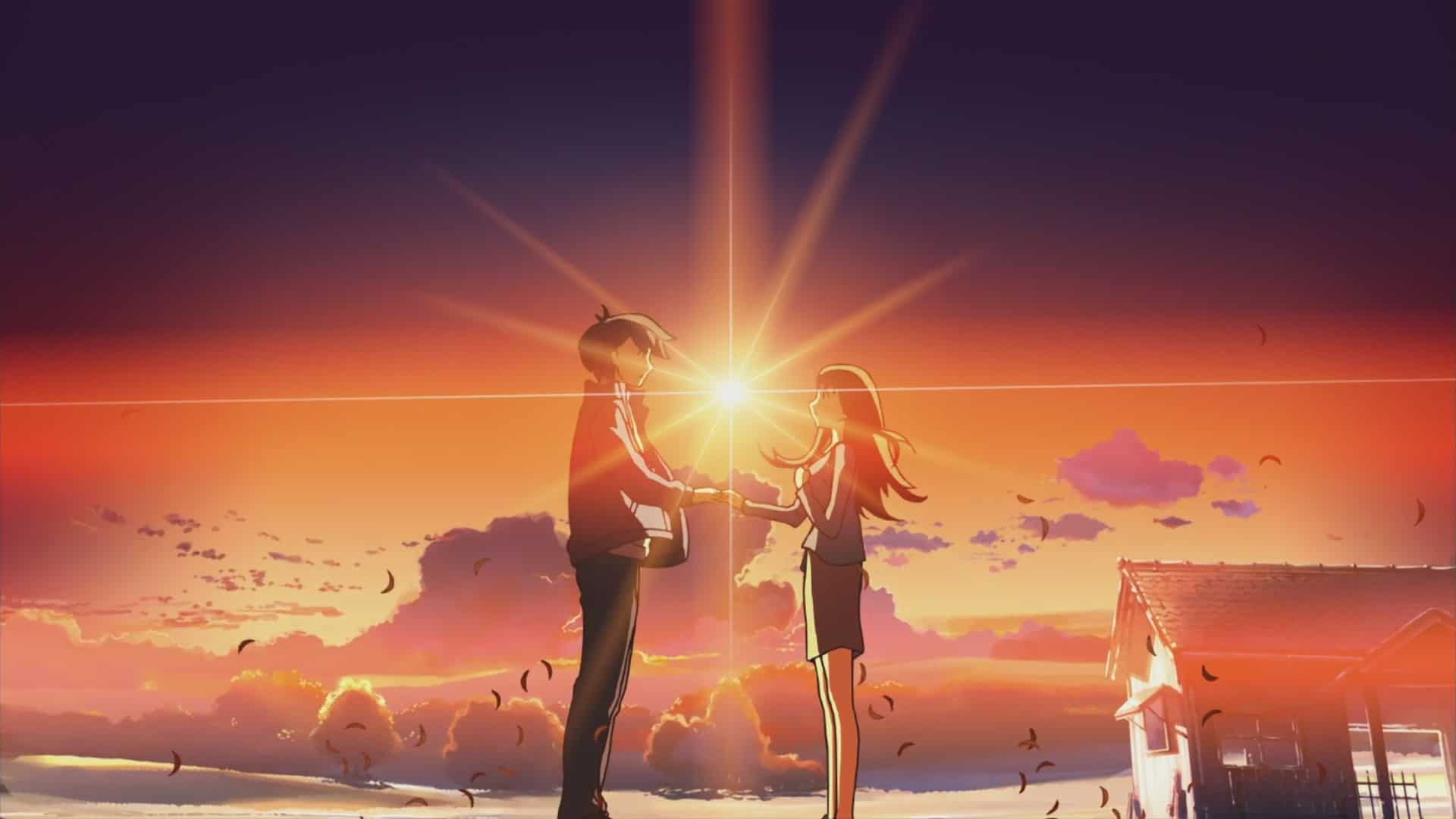
Shinkai Makoto directed an anime that is primarily a character drama and secondly a science fiction film. The story is quite complex and Makoto takes his time in revealing it. However, when he does, the outcome is exceptional. Technically, the anime is of equal excellence, with the director using some prototypal techniques in the cinematography, including the continuously altering camera angles that actually augment the dialogue.
Buy This Title
17. Mind Game (Masaaki Yuasa, Kôji Morimoto, 2004)
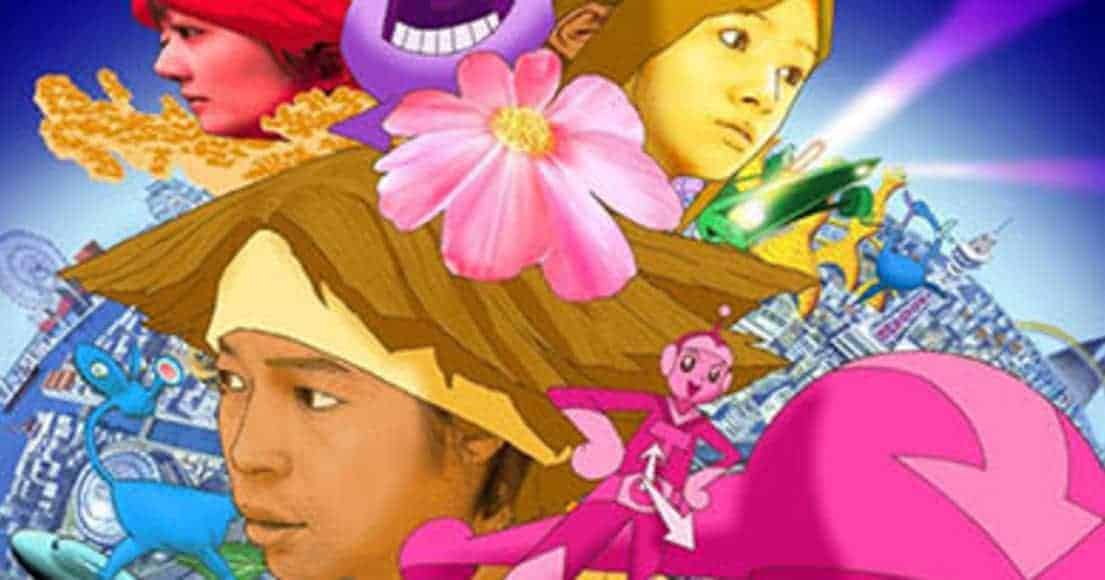
The animation is unorthodox, and at times seems to attack the spectator visually, a fact stressed by the peculiar montage and the way the story unfolds. Overall, “Mind Game” is a unique experience that has to be watched in order to be understood.
Buy This Title
18. Paprika (Satoshi Kon, 2006)
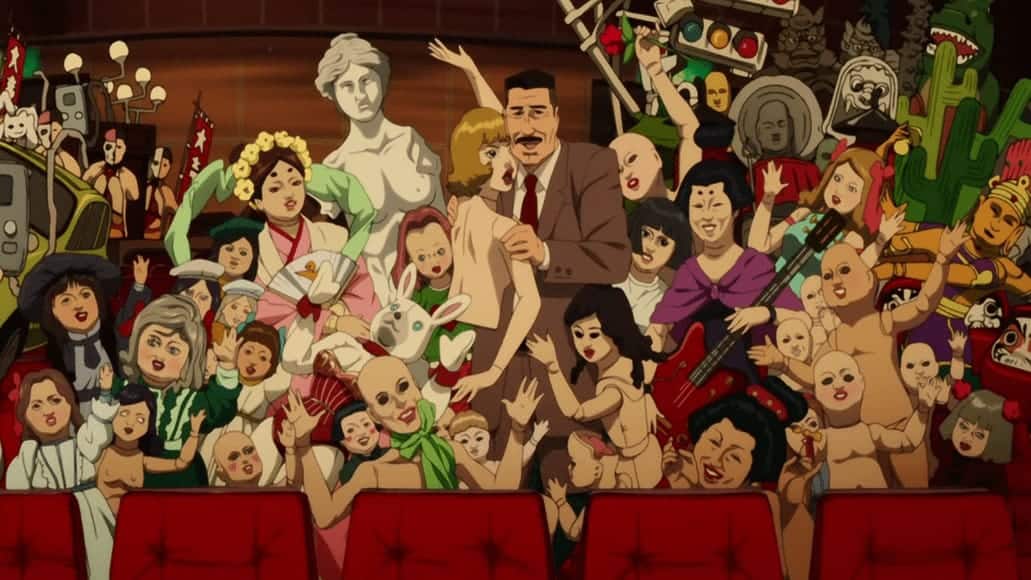
Satoshi Kon directed a complicated anime, where each detail depicted onscreen plays a role in the story. However, the visuals and the animation of “Paprika” are so elaborate that the occasional lack of cohesion is not a bother even to the slightest. Furthermore, Kon's vast, surrealistic imagination found its apogee in this film, which is considered his magnum opus.
Buy This Title
19. The Blind Swordsman: Zatoichi (Takeshi Kitano, 2003, Japan)

Takeshi Kitano reinvigorated the folk hero Zatoichi, exclusively played up to that point by Shintaro Katsu, by incorporating a number of technical and artistic elements. In that aspect, Kitano's Zatoichi has blond hair, is humorous and laughs a lot. The film has sarcastic scenes of parody, peculiar music resulting by the environment itself, and a delightful dancing scene in the finale. Furthermore, the bloodbaths are quite frequent and the duels impressive, namely the final one.
Buy This Title
20. Departures (Yojiro Takita, 2008, Japan)

Takita pays a tribute to the dead, and particularly to the encoffinment technique, by surrounding the mystery with reverence and including it among the protagonists of the film. His direction capitalizes on the direction style of Ozu, with the slow pace, the scarce dialogue, the attention to detail and thus to realism. However, he enriches the film with contemporary elements, mainly the humor that appears in completely unexpected moments, in order to lighten the mood of the movie.


